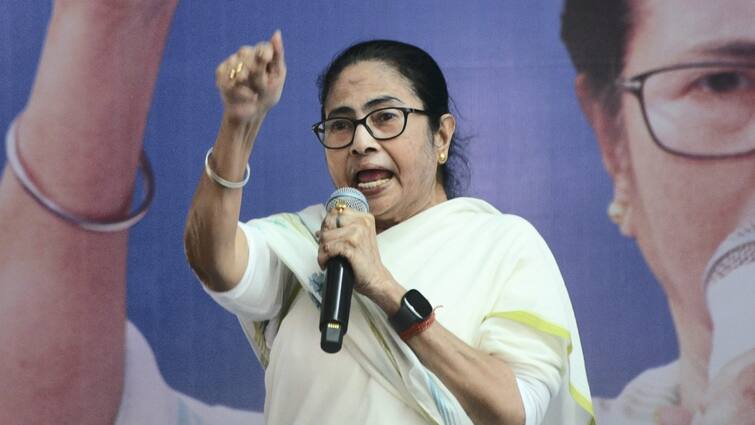
DGCA Guidelines: The risk of helicopter crash is highest in mountainous areas. Therefore, now helicopter pilots will be given special training on the basis of more stringent rules to prevent frequent accidents in mountainous areas. This information was given by the Indian aviation regulator. An official of the Directorate General of Civil Aviation said that keeping in mind the fatal accident in the year 2022, the DGCA has taken several additional measures this year to ensure the safety of operations.
In October last year, a helicopter crashed near the Kedarnath shrine in the Garhwal Himalayas in Uttarakhand, killing six pilgrims and the pilot. Ensuring flight safety in hilly areas has been a time and again concern. Between 1990 and 2019, at least nine helicopters have crashed in the Kedarnath region alone. During the Kedarnath tragedy in June 2013, three helicopters crashed while carrying out rescue operations, killing 23 people, including Indian Air Force personnel.
In July 2013, a private chopper crashed minutes after taking off from flood-hit Kedarnath, killing its pilot and co-pilot. In April 2018, an IAF cargo chopper caught fire while landing at Kedarnath, killing one person and injuring three others.
additional hill test
A civil aviation ministry official said the DGCA has introduced an additional hill check for pilots operating helipads above 10,000 feet from this travel season. This is being done to ensure that pilots operating on helipads at such high altitudes are trained and tested for safe operations in the same conditions. So that security can be increased.
4,200 shuttle flights
The four Hindu pilgrimage centers in Uttarakhand are known as Chardham. A famous pilgrimage takes place every year between May and September. One of them is Kedarnath. All the four temples are situated at high altitudes, where the weather conditions change rapidly. The ministry official said that this year the number of pilgrims has been very high. In the period from 25 April to 19 May, about 4,200 shuttle flights carrying about 23,000 passengers have been carried out. However, compared to previous years, the weather during this initial period has been particularly bad.
Use of AIRS mandatory
The official said that the aviation regulator has also made it mandatory to use the activation of the Airborne Image Recording System (AIRS). This image recording system is installed in a special type of helicopter. However, not all helicopters have this system.
AIRS records some parameters using video recording of the cockpit and GPS. It also records flight instrument signals and other parameters. Mandatory activation in those helicopters equipped with this system provides the advantage of post-flight analysis of flight parameters while ensuring pilots’ compliance with standard operating procedures.
helicopter shuttle service
Officials said that this year the Kedarnath Yatra began on April 25. After inspection from 20 to 23 April, helicopter shuttle service was also started on the same day through seven operators approved by the Directorate. The regulator plans to carry out regular checks on these additional measures during the pilgrimage season.
nine cctv cameras
The DGCA official had earlier told that these spot checks are unannounced visits by DGCA inspectors to ensure compliance of SOPs and compliance of all other relevant regulations by the operators. Such spot checks ensure continuous monitoring of flight operations by DGCA and ensure high level of safety. Explain that along with the DGCA, the Uttarakhand government has also installed nine CCTV cameras around each helipad from Guptkashi in Rudraprayag district to Kedarnath. So that air operations can be closely monitored.
read this also- CM Yogi On Pok: Will Pok become a part of India soon? CM Yogi’s statement created ruckus in Pakistan



